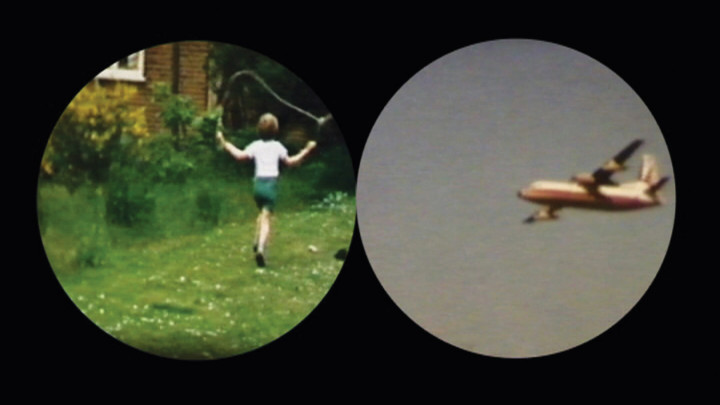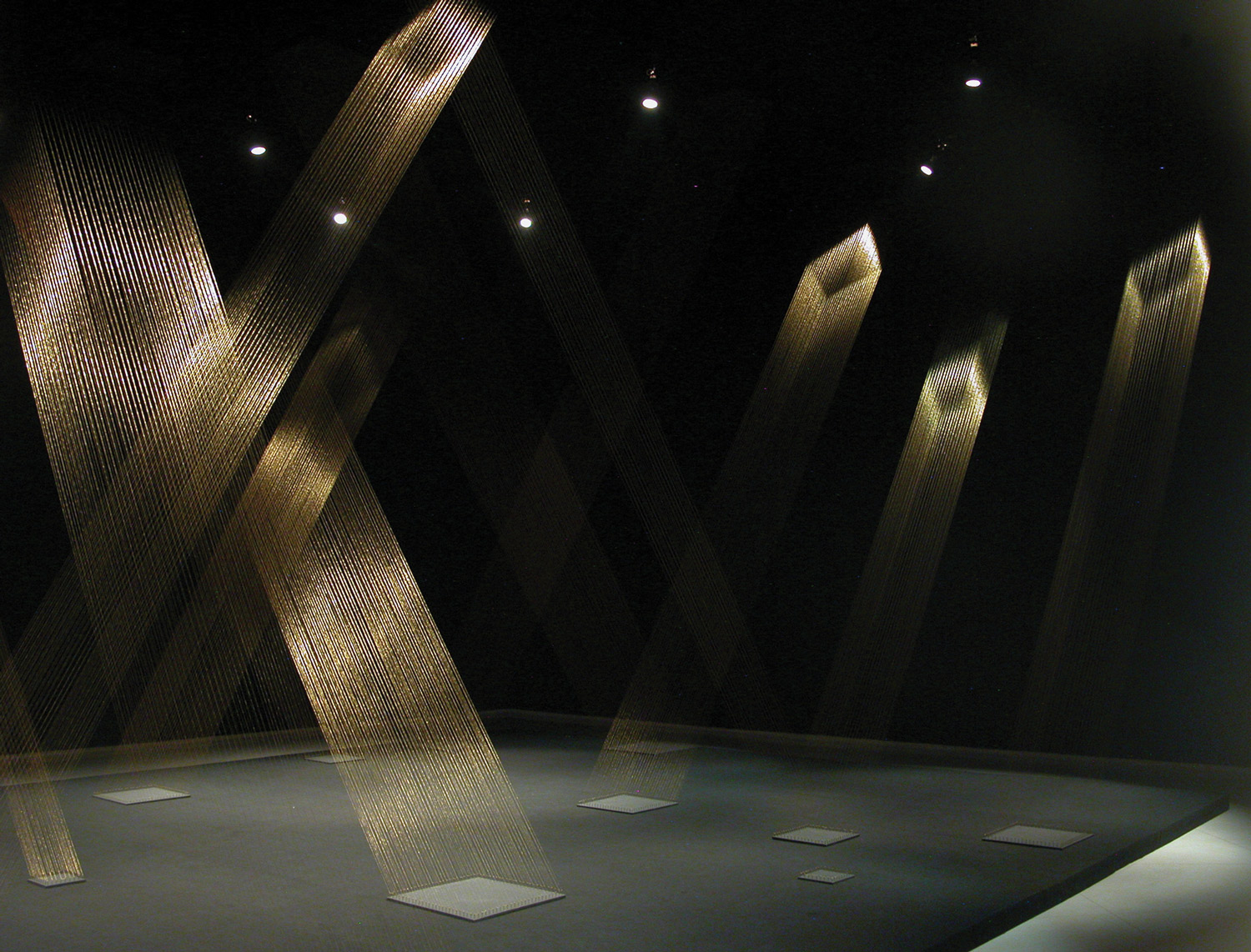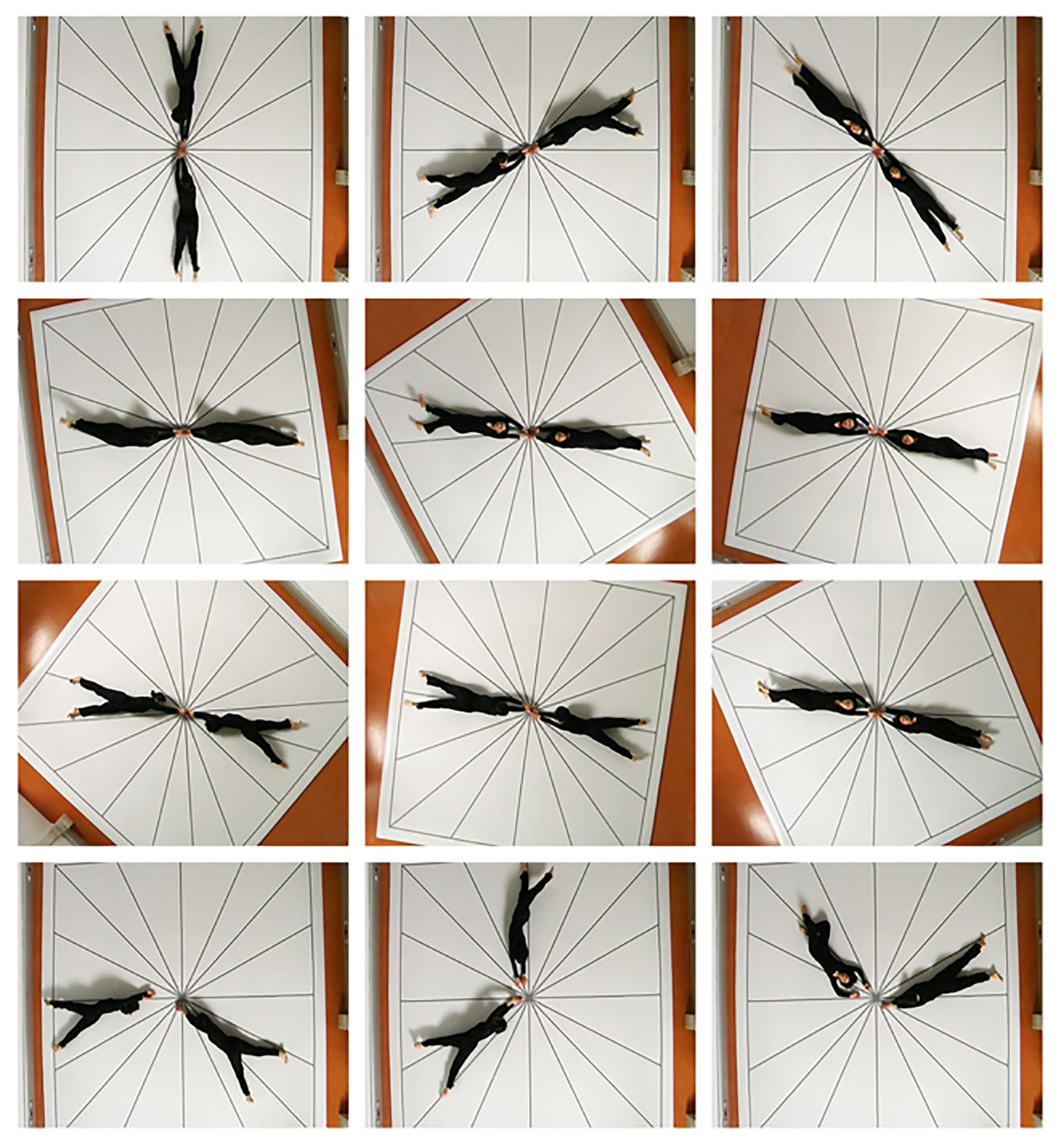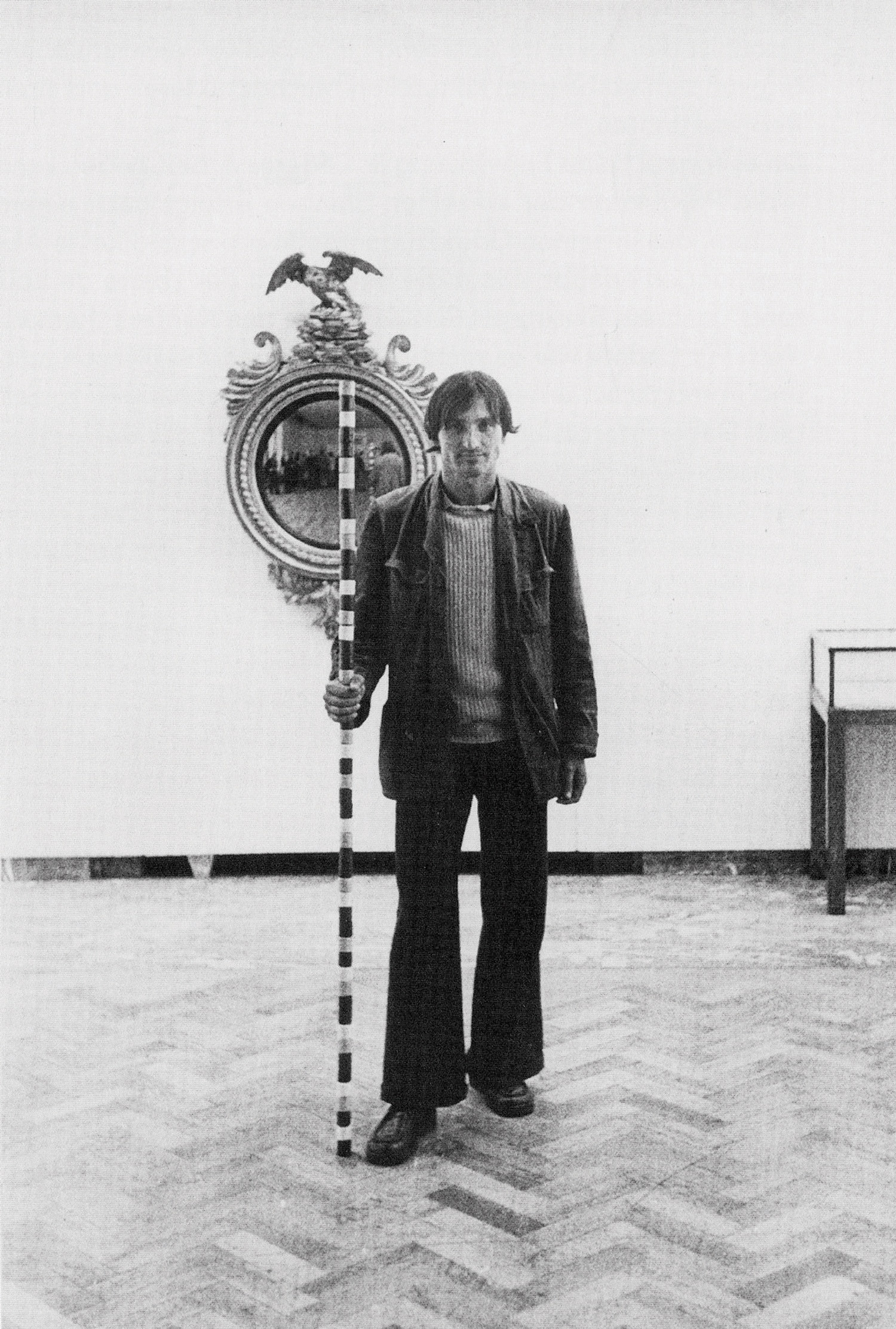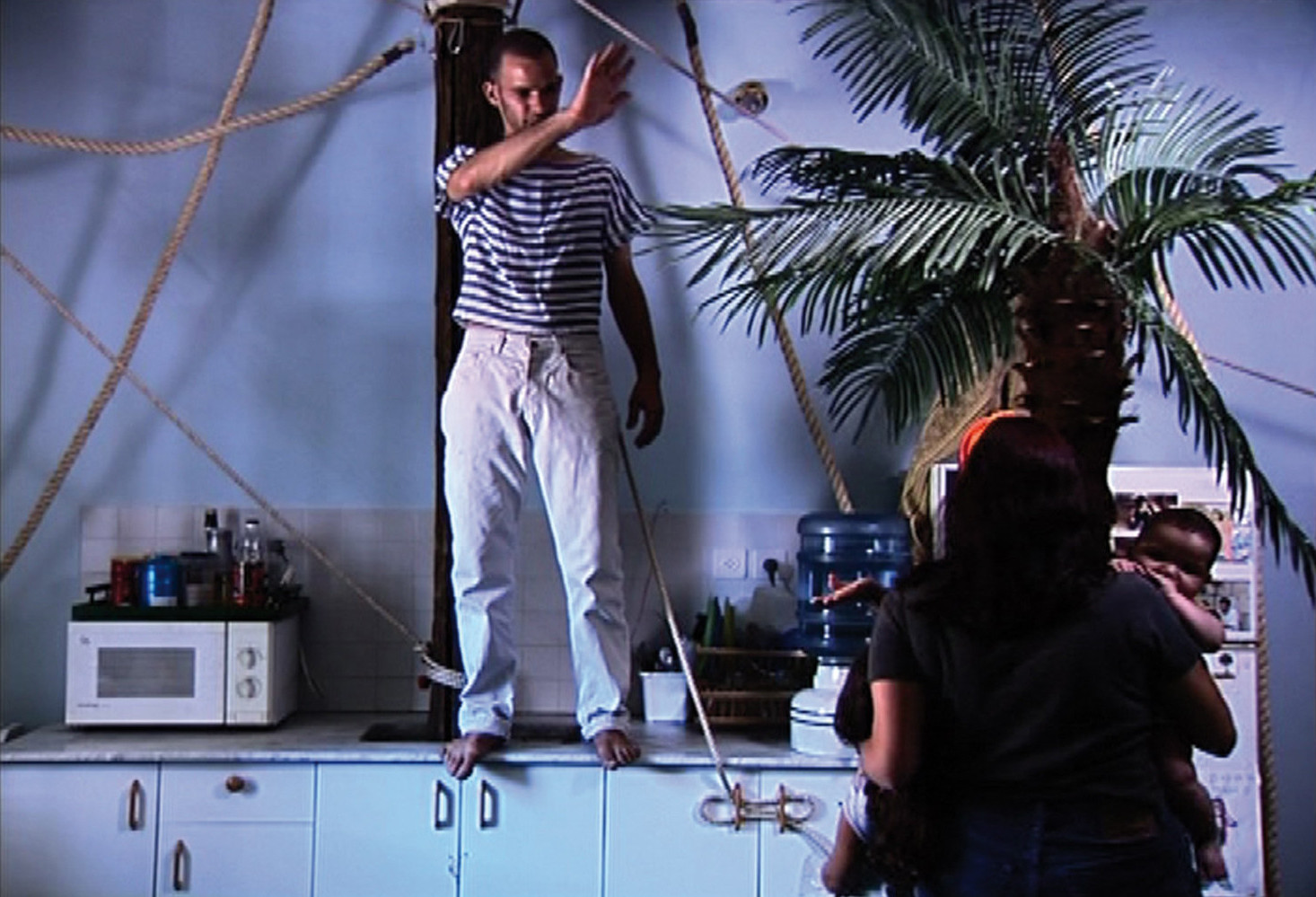
When my parents, decades ago, had our Super-8 home movies professionally transferred onto VHS tapes, a mishap resulted in the superimposition of big band jazz hits as the soundtrack, a feature they had not requested. Those songs seemed to become the background tracks of our early years, impossibly in step with us, or us with it, as though we had been living to the rhythms of Artie Shaw and Glenn Miller.
Watching Kutlug Ataman’s fff (for “found family footage”), 2006-09, I wondered if the two families who let the artist appropriate their early home movies (from the ’50s and ’60s) for this piece have inured themselves to the eerie, atmospheric score (by Michael Nyman, commissioned by Ataman), accepting it as a sort of family soundtrack.
Entering the exhibition, the viewer hears mostly ambient sound. However, one begins to separate several distinct melodies upon moving closer to the wall on which Ataman has installed ten monitors of various sizes that comprise the piece (three are of single movies, while the rest contain two juxtaposed clips). Nyman composed ten different scores and Ataman paired those with his selected clips; each mini-film, in effect, is on a repeating loop independent from the others.
Some of the events sampled will be familiar to many from their own family archives, but Ataman manipulates them to new effect. In one clip, a group of three children plays on bright green grass, and various adults come and go. The movie is spread over twenty-four small squares, but the image is not evenly distributed by them. For example, when a young girl stands at the center of the space, fragments of her are seen in eight or nine of the surrounding squares; when she reaches for an adult nearby, portions of herself get in the way, appearing to trip her up. What was an ostensibly benign moment is imbued with the uncertainty that actually is part and parcel of childhood — perhaps a truer version of the moment, but as outsiders we (and he) could never know that.
A central monitor (also the loudest) is a split screen. On the right is a movie of children playing in shallow water. Paired with it is a movie showing a peaceful view towards a lighthouse from afar, followed by a view — presumably — from inside of the lighthouse, the water below now churning violently. The two experiences of the same structure are dramatically different (as is that of the children in the adjacent clip, safely on shore). We are taken between the view towards and the view from the tower in quick intervals; it feels suspenseful, but without culmination. Like Virginia Woolf’s lighthouse, it is a symbol for the impossibility of arriving at someplace that matches how one imagines it to be, or similarly of the impossibility of understanding a family by viewing it from afar (as Woolf’s To The Lighthouse wraps up, Lily realizes that “so much depends… on distance: whether people are near us or far from us”).
Ultimately the two families in fff remain distant, impenetrable (even though these families’ lives were in part lived publicly: the fathers were well-known researchers into the effect of flight on pilots, and several clips are related to their public roles). Musing on the questions raised here is only enhanced by Nyman’s pulsing music, which comes apart and reforms endlessly but never resolves itself — the perfect soundtrack.

